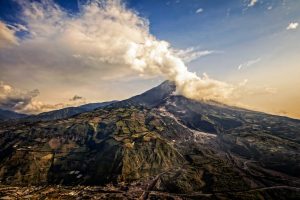Monitoring Volcanoes – Why Is It Important?
Monitoring Volcanoes for the prevalence of gases like CO2, helps scientists to better predict the likelihood of volcanic eruptions. To understand and predict the behaviour of volcanoes an increasing number of scientists are combining geological monitoring and geochemical models.
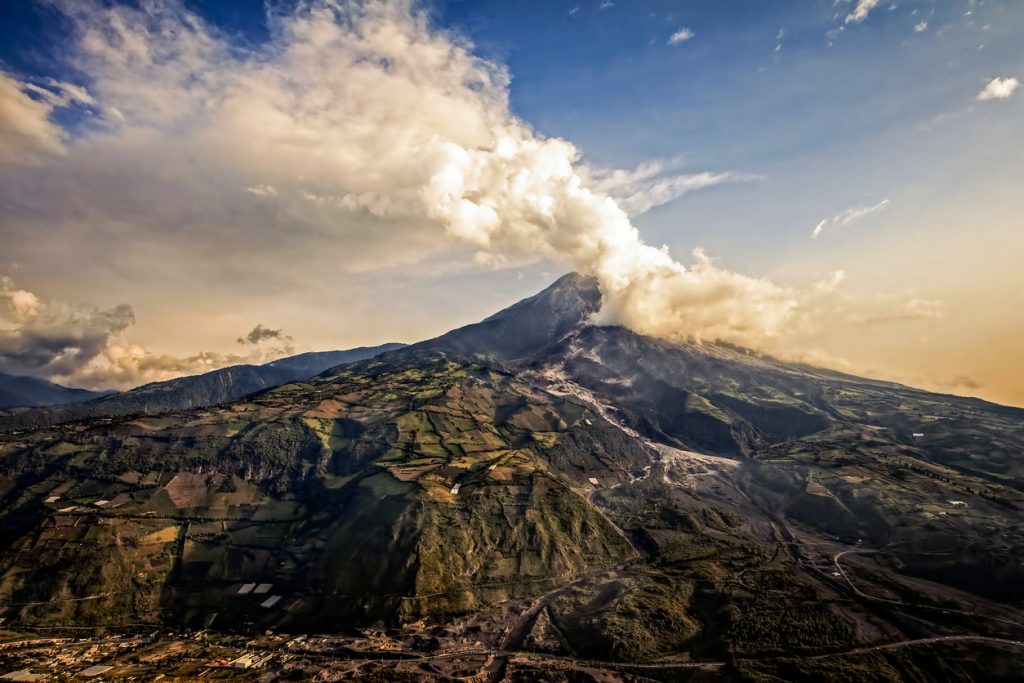
In 2010 Iceland’s Eyjafjallajökull volcano erupted, releasing 250 million cubic metres of ash into the atmosphere. The eruption disrupted 100,000 flights and 10 million journeys, bringing the global aviation industry to a standstill and costing hundreds of millions of dollars.¹
In the past predicting when one of the world’s 1,500 volcanoes is about to erupt has been based on monitoring and measuring the seismic activity around the site. However, since the 1970s correlation spectrometers have been used to measure the levels of sulfur dioxide in the volcanic plume as scientists began to understand that higher levels of gas emission from a volcanic site indicates a higher chance of eruption.
In more recent times, using geochemical models, a growing body of research and evidence shows measuring the levels of emitted CO2 can be used to predict the risk of an eruption.
Monitoring Gas From Volcanoes To Predict Volcanic Activity
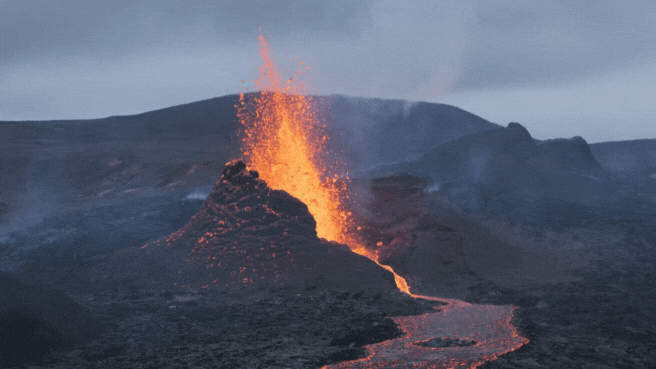
Sitting to the north of Sicily, Italy’s Mount Stromboli has erupted almost continuously for over 2,000 years.² This volatile island is the perfect environment for volcanologists to test their theories, confident that they won’t need to wait too long for an eruption.
When magma begins to rise to the surface its pressure decreases, releasing gases into the environment. This process, known as degassing, releases volatiles into the air, including water (H2O), carbon dioxide (CO2) sulfur dioxide (SO2) and hydrogen sulfide (H2S).⁴
These gases escape through fumaroles, appearing as plumes of smoke. Through monitoring volcanoes scientists have discovered that by studying the composition of this gaseous mixture and monitoring fluctuations in their composition, they may be better able to predict the likelihood of volcanic eruption.
How Are Volcanoes Monitored?
Between 2007 and 2012 Italian scientists at the Stomboli Volcano used fixed cameras, a Multi-GAS analyser (to monitor SO2 and CO2 fluxes) and continual fumarole temperature recording to monitor geological and geochemical variations at the site.³

An Edinburgh Sensors’ Gascard NG gas sensor was used, within the Multi-Component Gas Analyser System (Multi-GAS), to calculate the CO2 concentrations within the volcanic flume and monitor volcanic gas. Located 2m inside the volcanic fracture, the automated instruments provided CO2 recordings within a measurement range of 0-3000 ppm; at an impressive accuracy range of ±2 % and a resolution of 0.1 ppm.
The Multi-GAS system allowed researchers to map the long-term CO2 trends at the volcano, establishing a mean value, and recording variations. When considered with all other data collected at the site, analysis shows correlation between CO2 spikes and volcanic activity.
Monitoring volcanic gas degassing activity can help scientists gain an insight into the ‘plumbing system’ within a volcano. Beneath the surface, the variations in the structure of the earth, the storage of magma and its periodic recharging (as fresh magma is introduced) are all important processes which are important to monitor. Volcanic gas monitoring enables researchers to define and then spot and track ‘signature’ styles of degassing in order to determine what is happening underground.
Monitoring Volcanoes CO2
Not all of the gas from volcanoes emitted during the degassing process make it to the surface. Some can condense or dissolve into fluids in groundwater, creating hydrothermal aquifers, the constitution of which are of increasing interest to researchers.
While measurements of carbonic acid (formed as CO2 rises to the surface and comes into contact with water) and water PH can provide indications on the level of CO2, a group of Italian researchers chose to create an automated monitoring system using an infrared spectrometer based on the principles of Henry’s Law.⁴
Measuring the dissolved CO2 in natural waters around the Stromboli earthquake, this automated system has allowed researchers to establish what they describe as a “clear correlation between the changes in PCO2 in the thermal aquifer and the changes in volcanic activity”
After defining a baseline, researchers were able to monitor the PCO2 levels around the Stromboli Volcano. Monitoring the daily averages of PCO from January 2009 to May 2012, researchers were able to identify correlations within the data, relating increased CO2 concentrations to volcanic activity.

Using Drones To Monitor Gas From Volcanoes
Collecting accurate data on volcanoes can be dangerous, with crater temperatures reaching extreme levels. In tackling this problem, scientists at the University of Costa Rica are using UAVs (drones) fitted with miniature gas spectrometers to provide accurate measurements of the compounds within the gas plumes above volcanoes.⁵ Discover how drones are used to monitor volcanoes.
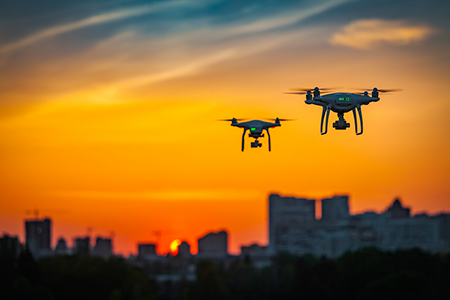
Flying on a pre-determined course, the VW-100’s 10 megapixel camera allows humans on the ground to view the progress of the drone as it enters into inhospitable areas to collect essential measurements. This drone-sensor array has the ability to enter volcanic plumes and provide accurate, real-time measurements.
Monitor Volcanic Gas With Edinburgh Sensors
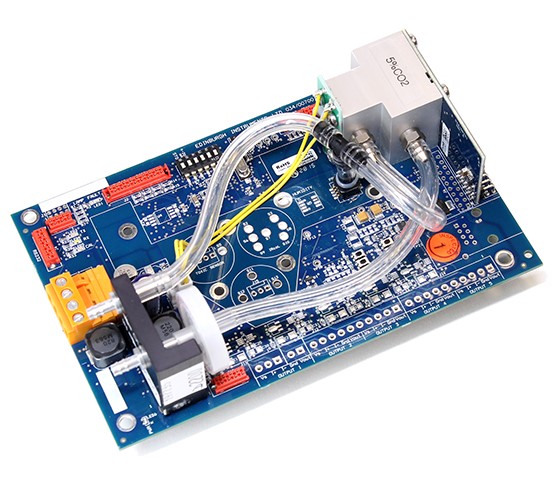
At the heart of Edinburgh Sensors’ Gascard NG is its proprietary NDIR technology that enables the unit provide real-time measurement of CO2 from levels as low as 0-500ppm to 0- 3%. This low maintenance, high-quality sensor is perfect for the accurate scientific measurements demanded by volcanologists for monitoring volcanoes.
Once the data has been collected, true RS232 communications, and optional on board LANsupport, mean the data is easily accessible and shared from the unit. The unit’s firmware can support a 4 segment LCD or modern graphical display if required.
The Gascard NG has been designed to be integrated within OEM applications, interoperating seamlessly with other technologies, like the Multi-GAS system used in Italy.
Designed for field applications and built to exacting standards, the unit offers a perfect low-maintenance solution. It is designed to perform in the most inhospitable of environments, due to its extensive temperature compensation and on-board barometric pressure correction, that has been tested and proven in performance.
More Equipment For Volcanic Research
Our sister company, Isotopx, also produces a product that can be used for the measurement of volcanic gases. The NGX is a noble gas mass spectrometer, it’s used to measure the isotope ratios of certain noble gases very precisely in very small samples. Why measure the isotope ratios? It’s because certain noble gas isotope ratios can vary depending on the Earth’s physical process such as tectonic plate movement. The measurement of the isotope ratios can help scientists understand the temperature of formation of a certain volcanic rock, or even be used as a proxy for the air temperature at that time.
In other words, the measurement of noble gas isotope ratios helps us to understand the evolution of our world. This relates neatly to volcanoes; the isotope ratios help us understand the age of the volcano. And trapped noble gases inside fluid inclusions in the volcanic rocks can give us information about what was happening during the time of eruption. The NGX mass spectrometer from Isotopx has two completely unique and patented technologies meaning it is the most sensitive and precise instrument of its kind. You can read more about it here.
References
- EUROCONTROL – Report on the 2010 Ash Clouds Impact on Air Traffic
- Volcano Report on Stromboli Activity
- S. Inguaggiato et al., Development of an Automated Monitoring System and First Application to the Stromboli Volcano, Annals of Geophysics, 54, 2011
- S. Calvari et al., Major Eruptive Style Changes Induced by Structural Modifications of a Shallow Conduit System, Bull Volcano, 76, 2014
- Tico Times – Unmanned Drones to Explore Mystery of Volcano Plumes

